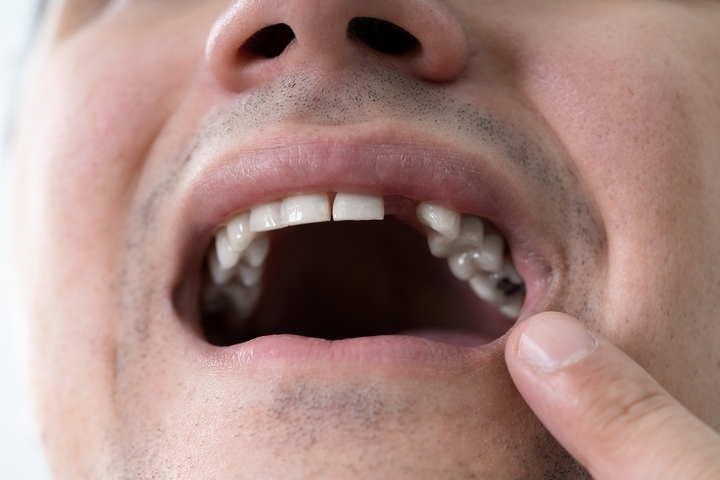
What to Do When Your Tooth Falls Out
Whether from playing rough contact sports, tooth decay, or biting on a piece of food that’s too hard, it can be surprising and scary when one of your teeth falls out. This isn’t just bad news for your smile, either.
A missing tooth poses serious health risks if left untreated. The empty socket left by the tooth is susceptible to infection, and other teeth may shift position to compensate for the missing tooth, leading to crooked teeth that may need braces in the future. All in all, losing a tooth is a serious injury, but don’t panic!
Getting to the dentist as soon as possible can increase the chances of saving your smile. Even if the dentist can’t replace your original tooth, there are options to get your smile looking good as new. If you’ve found yourself with a missing tooth, check out our tips on what to do next.
1. Keep the Tooth
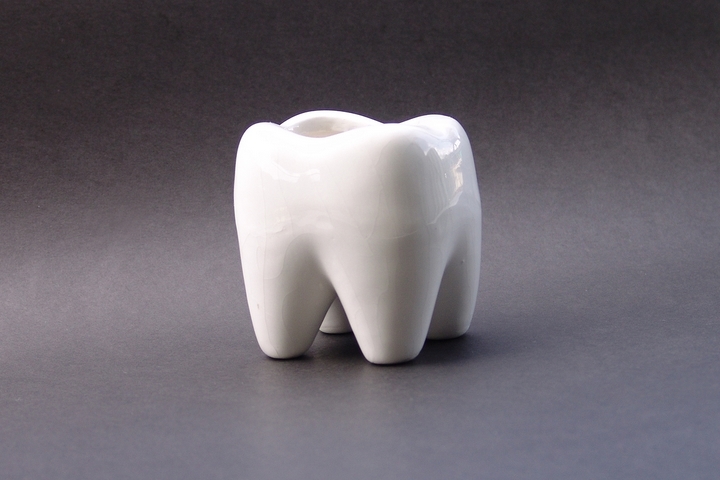
If possible, it’s important to keep the tooth that has fallen out. A tooth that has fallen out can often be saved and put back in place if the correct procedure is followed. If your tooth has fallen out, try putting it back first. Be sure not to touch the root of the tooth.
Hold the tooth by the crown (the white part that sticks out of the gum) and rinse it with water for ten seconds. Once the tooth is clean, try to put it back in the hole in your gum. If it goes in easily with no resistance, bite gently on a piece of cloth to keep it in place, and get to the dentist as soon as possible.
2. Keep the Tooth Moisturized
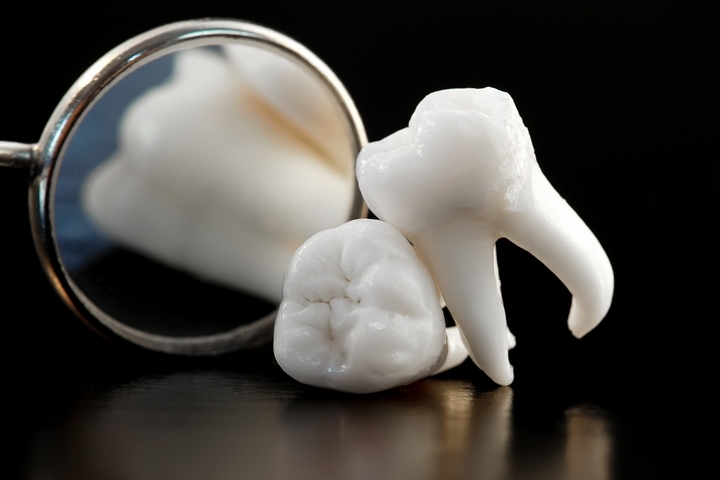
If the tooth doesn’t go back in place easily, you’ll need to keep the tooth hydrated while you make your way to the dentist. Once you have the tooth, put it in a container of milk. The milk contains sugars and cells that the tooth needs to “stay alive,” as well as antibacterial properties that keep the tooth clean until you can get to a dentist.
If you don’t have milk available, put the tooth in saliva. It sounds gross, but it works! Spit in a container to submerge the tooth. If that isn’t possible, keep the tooth in your mouth (but don’t swallow it), either under your tongue or against your cheek. The most important thing is to keep the tooth hydrated until you can visit the dentist.
3. Get to the Dentist

The next most important step is going to the dentist as soon as possible. Ideally, you would go to the dentist immediately after your tooth falls out. The sooner you get to the dentist, the more likely they’ll be able to save the tooth.
4. Discuss Your Options

So, you’ve gotten to the dentist, but they can’t save your tooth. Now what? Be sure to discuss your options with the dentist. The dentist will likely recommend replacing the tooth. There are several options when replacing teeth. The most common replacement is a fixed bridge.
5. Dental implants
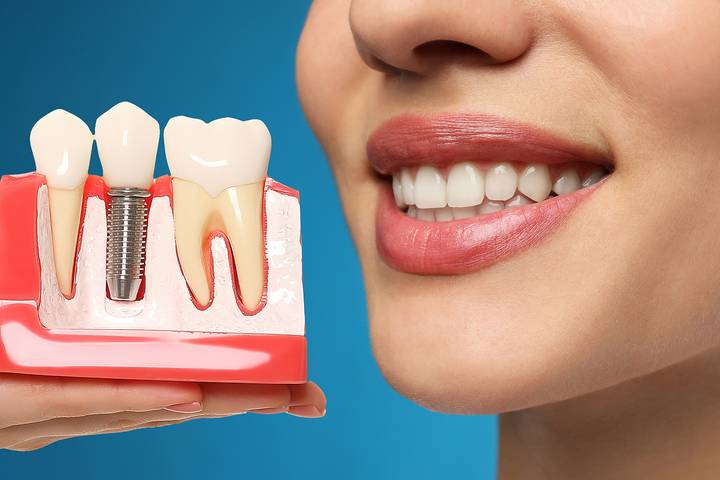
Another choice is getting a dental implant. The dentist could recommend dentures if you have multiple missing teeth. A fixed bridge is a prosthetic that fills the gap between teeth. A bridge typically consists of crowns on either side of a false tooth. A bridge will be cemented in place. The teeth surrounding the false tooth need to be shaved down to make room for the crowns.
Dental implants are prosthetics that replace the tooth and the root. Dental implants are usually made from titanium. During oral surgery, a threaded post will be inserted into the cavity of the missing tooth. A replacement tooth can then be screwed into the implant.
The benefit of implants versus other missing tooth solutions is that your remaining teeth don’t have to be shaved down (as with fixed bridges). Dental implants are also the longest-lasting solution for missing teeth. In some instances, losing teeth is an unavoidable accident.
6. Maintain good oral hygiene
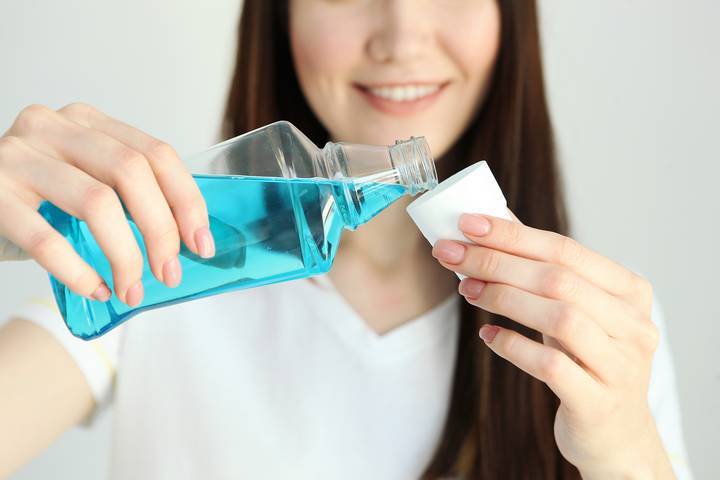
There are steps. However, you can take to reduce your chances of experiencing a tooth falling out.
Firstly, maintain good oral hygiene. Some tooth loss is caused by gum disease or tooth decay. The easiest way to prevent this is to be diligent when caring for your teeth. Ensure you brush your teeth twice a day and floss at least once. Consider using toothpaste and mouthwash with preventative properties to further reduce your chances of gum issues and tooth decay.
Additionally, wear a mouthguard for sports. If you play hockey, football, or another contact sport, use a mouthguard during the game. A mouthguard prevents injuries to your teeth, and it reduces the chances of jaw fractures.
